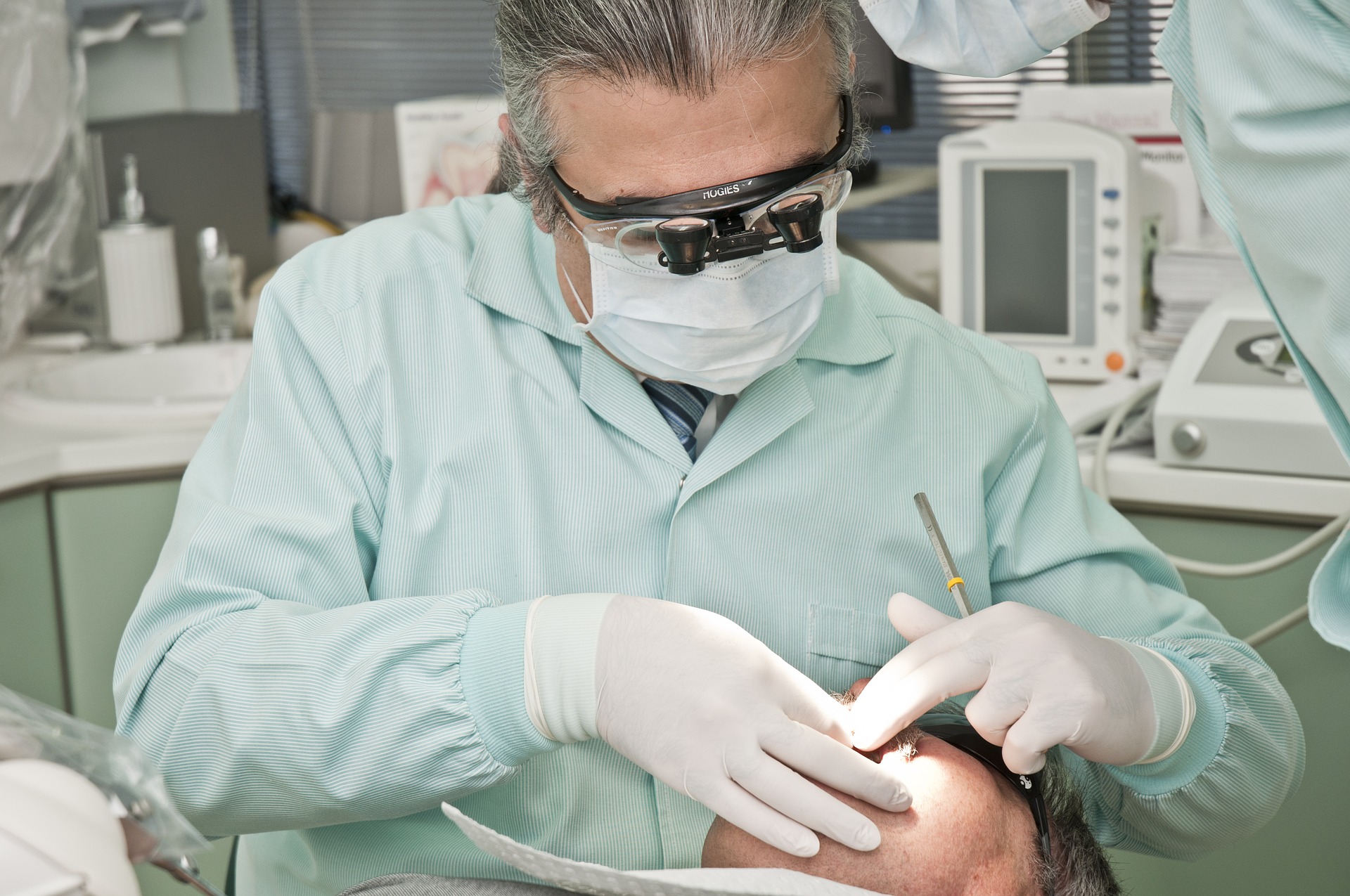Capturing History: Unveiling the Time of Camera Invention
Commencement: Tracing the Origins of Photography and Camera Invention
The invention of the camera marks a pivotal moment in the history of visual documentation,capturing slices of time for generations to come. This comprehensive guide takes you on a journey to explore the origins of photography,unveiling the time when cameras were first conceived and the pioneering moments that led to this revolutionary invention.
Exploring Early Attempts at Capturing Images
Before the camera,early visionaries embarked on the quest to capture images. This chapter delves into the pre-camera era,exploring the ingenious methods and precursors that laid the foundation for the eventual invention of this transformative device.
Camera Obscura and Optics
Camera Obscura,a phenomenon dating back to ancient times,played a crucial role in the evolution of photographic capture. Uncover how this optical device set the stage for the inventive minds that would eventually give birth to the camera.
Early Experiments in Image Fixation
The Daguerreotype process and experiments with silver plates marked significant strides in early image fixation. Explore how these endeavors contributed to the understanding of light and paved the way for the development of photography and the eventual invention of the camera.
Chapter 2: The Birth of the Camera Concept
As photography advanced,so did the conceptualization of a portable image-capturing device. This chapter unravels the pivotal moments when the idea of the camera began to take shape,setting the stage for transformative inventions.
Chapter Two: Pocket Portals – The Miniaturization of Camera Obscura as Precursor to Portable Cameras
The transition from room-sized camera obscura to portable versions marked a crucial step toward the invention of the camera. Explore how visionaries worked to miniaturize this optical wonder,laying the groundwork for the portable cameras of the future.
The Role of Chemistry
Chemistry played a pivotal role in the journey toward camera invention time,particularly in the development of light-sensitive materials. Delve into the advancements in chemical processes that allowed for more controlled image capture,paving the way for practical cameras.
Chapter Three: Prototyping Vision – The Evolution of Early Camera Designs
The transition from conceptualization to reality saw the creation of early camera prototypes. This chapter explores the inventive minds and the experimental designs that brought the camera closer to its ultimate form.
Chapter Three: Boxy Beginnings – Exploring Early Designs of Box Cameras
Box cameras emerged as early pioneers of portable photography. Uncover how these boxy designs,often equipped with simple lenses,laid the foundation for future innovations in camera design and functionality.
Bellows and Folding Cameras
The introduction of bellows and folding cameras revolutionized the portability of photographic equipment. Explore how these compact designs allowed photographers to carry their cameras with greater ease,expanding the possibilities of image capture.
Chapter 4: The Camera Takes Center Stage
The evolution of cameras continued,with key innovations shaping the transition to the modern era of photography. This chapter sheds light on the groundbreaking inventions that propelled cameras into the spotlight.
Chapter Four: Rolling Forward – The Introduction of Roll Film and its Impact on Camera Evolution
Roll film marked a paradigm shift in photographic capture,enabling continuous image exposure without the need for cumbersome plates. Explore how this innovation transformed cameras,making them more accessible and user-friendly.
Kodak Brownie and Consumer Photography
The Kodak Brownie became a household name,making photography accessible to the masses. Learn how the introduction of this affordable and user-friendly camera played a pivotal role in popularizing photography as a hobby for people worldwide.
Chapter 5: Camera Evolution in the Digital Age
The digital age ushered in transformative shifts in photography,steering the course of camera evolution from film to pixels. This chapter explores the technological leaps and innovations that defined this new era.
Digital Sensors and Image Processing
Digital sensors and image processing technologies revolutionized image capture and enhancement. Explore how these innovations paved the way for the digital cameras we know today,providing unprecedented control and quality in photographic results.
Smartphone Cameras
The integration of cameras into smartphones marked a monumental shift,turning every pocket into a potential photography studio. Delve into the impact of smartphone cameras on the way we capture,share,and experience visual moments.
Chapter 6: The Ongoing Legacy of Camera Invention
As we reflect on the time of camera invention,it’s essential to recognize the ongoing legacy cameras leave in their wake. This concluding chapter explores the everlasting impact of cameras and their continued role in shaping the way we perceive and preserve the world around us.
Chapter Six: Creative Chronicles – Cameras as Tools for Artistic Expression and Documentation
Beyond documentation,cameras have become powerful tools for artistic expression. Explore how photographers leverage the creative capabilities of cameras to capture not just reality but also emotions,stories,and imaginative worlds.
Future Horizons in Camera Innovation
The journey of camera invention continues with ongoing technological advancements. Peek into the future horizons of camera innovation,from advancements in sensor technology to developments in artificial intelligence,promising new possibilities for photographers and creators.
Epilogue: Frozen Frames – Wrapping Up the Journey Through the Time of Camera Invention
In conclusion,the time of camera invention stands as a testament to human ingenuity,curiosity,and the relentless pursuit of capturing timeless moments. Wrapping up this journey through the history of photography and camera evolution,we acknowledge the transformative impact of cameras on how we see,remember,and share our experiences. As technology continues to advance,may the legacy of camera invention inspire new generations to explore the world through the lens,preserving moments that transcend time.





